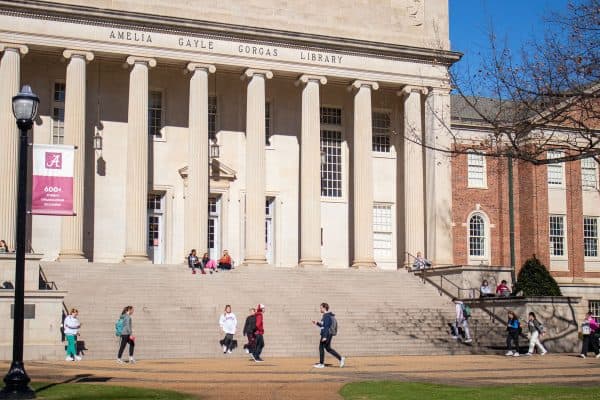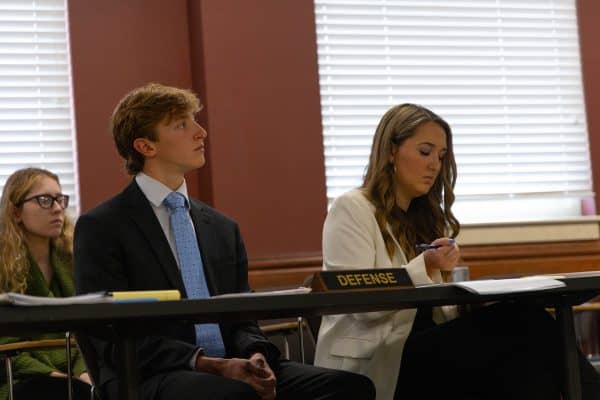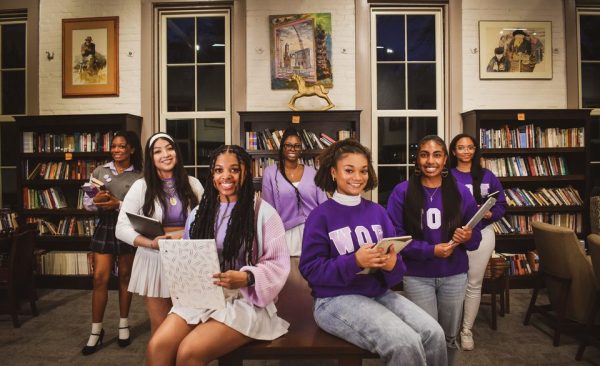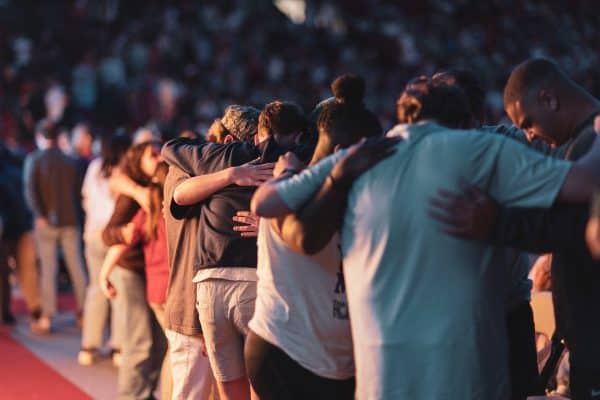Memes, candidates’ friends power social media campaigns
SGA personalizes major league politics
March 4, 2019
As winter comes to an end on the campus of The University of Alabama, some things are inevitable: gray skies, midterms, long lines at Starbucks and an onslaught of candidate endorsements for Student Government Association (SGA) on social media.
Those endorsements can take many shapes, from Instagram story mentions to temporary Facebook profile photo frames. Though they may seem frivolous, those ephemeral shoutouts can make a big impact in a short amount of time.
“By being able to show support within a picture, candidates and their supporters are tapping into one of the big social shifts of social media photography,” said Jessica Maddox, assistant professor of digital media technology at the University. “Photography on social media, including Facebook profile photo frames, help communicate something in the moment instead of archiving it, like photographs used to do.”
Just as in national elections, social media plays a leading role in influencing SGA elections on campus. Out of every 10 young adults aged 18 to 24, eight of them use Facebook, while more than seven use Instagram and Snapchat, according to the Pew Research Center.
Luckily for the UA SGA candidates, “fake news” on Facebook hasn’t been something to worry about. In fact, SGA candidates may rely mostly on what social media was originally built for: friends.
Mary Hannah Miller, a junior majoring in English, recently endorsed two executive board candidates and a prospective college senator on her Instagram story, and it wasn’t because she’d read an article in the Washington Post or seen a campaign ad on television. It was because she knows the candidates.
“I know two of [the three candidates] personally and believe that all three of them are more than qualified to serve in those positions,” Miller said.
SGA politics are localized outside of election season as well. While Donald Trump shouting at an 11-year-old kid mowing the White House lawn went viral across the United States, SGA President Price McGiffert’s meme-ification regularly scores likes and retweets on Twitter, and was even referenced in the University’s most recent email about Dining Dollars.
McGiffert’s meme status started in October 2018, when journalist Marq Burnett tweeted, “Alabama student body president Price McGiffert.” The embedded photo was that of a classic, nondescript Lego minifigure, with a square jawline and a generous heap of plastic brown hair.
While many viral memes are used in conjunction with big-picture issues and news stories, Maddox said that “memes have always had a very localized, communal element to them. Memes have always been popular, but when people began using memes to talk about their local communities and specific situations en masse is when we really saw memes explode into the broad popularity they have today.”
While visual campaigns like memes resonate with some voters, others are already exhausted by the politically charged content littering social media.
Ansley Weaver, a sophomore majoring in communicative disorders, is not excited about SGA election day. On March 1, Weaver expressed her SGA apathy on Twitter, writing, “Oh no it’s SGA election again,” with an upside-down smiley face closing the tweet. For Weaver, SGA doesn’t mean too much. She doesn’t personally know any candidates, and local politics don’t lie within her interests.
“I saw several social media posts endorsing the same person in a row and began to dread the day of the election, where everyone would come up and ask me if I had voted yet while trying to support their candidate,” Weaver said.
UA students can expect to be asked whether or not they have voted on March 7, when online voting will be open from 7 a.m. to 7 p.m.











